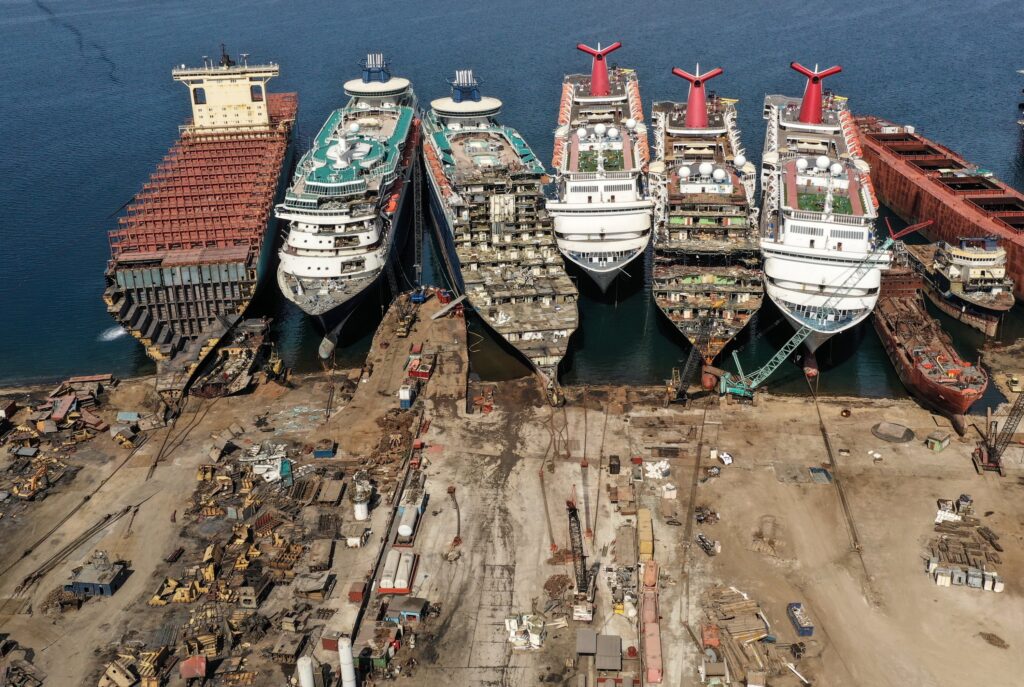Global Oil Markets Face Supply Challenges Amidst Red Sea Disruptions
In recent times, the global benchmark Brent crude futures market, as well as physical markets in Europe and Africa, have experienced a tightening of supply. This phenomenon is attributed in part to concerns about shipping delays, as vessels actively avoid the Red Sea due to ongoing missile and drone attacks. These disruptions, the most significant since the COVID-19 pandemic, have intersected with other factors, such as increased Chinese demand, leading to heightened competition for crude supply that bypasses the Suez Canal. The impact of these dynamics is most pronounced in European markets.
The market structure of Brent, a key player in pricing nearly 80 percent of the world’s traded oil, exhibited signs of tightening supply, reaching its most bullish point in two months on a recent Friday. This surge occurred as tankers rerouted away from the Red Sea following airstrikes by the United States and the United Kingdom on targets in Yemen, marking a response to Israel’s conflict with Gaza.
The conflict in the Red Sea region stems from rebels belonging to an Iran-aligned group in northern Yemen and its western coastline. These rebels, known as the Houthis, launched a series of attacks on ships in the Red Sea, specifically targeting vessels perceived to have links to Israel. The Houthis’ objective is to compel Tel Aviv to cease hostilities and allow humanitarian aid into the Gaza Strip.
The majority of Houthi activity has been concentrated in the narrow Bab al-Mandeb strait, connecting the Gulf of Aden to the Red Sea. This critical waterway sees approximately 50 ships passing through daily, en route to and from the Suez Canal—a vital artery for global trade. In response to heightened risks, some of the world’s largest shipping companies have suspended transit in the region, diverting vessels around the Cape of Good Hope in Southern Africa. This longer route has led to increased freight rates, driven by elevated fuel, crew, and insurance costs.
Viktor Katona, the lead crude analyst at Kpler, highlighted the disproportionate impact on Brent in the wake of Red Sea and Suez Canal disruptions. He noted, “Brent is the most impacted futures contract when it comes to Red Sea/Suez Canal disruptions,” emphasizing that European refiners are the most affected on the physical front.
A clear indicator of the tightening supply situation is the premium of the first-month Brent contract to the six-month contract, which rose to as much as $2.15 a barrel on a recent Friday, marking the highest level since early November. This market structure, known as backwardation, reflects a perception of tighter supply for prompt delivery.
The disruption in the Red Sea not only poses challenges to global oil markets but also underscores the vulnerability of key trade routes. The geopolitical tensions and conflicts in the region have a cascading effect on the energy landscape, affecting pricing, supply chains, and the broader global economy.
The disruptions, coupled with rising Chinese demand, have intensified the competition for alternative routes that bypass the Suez Canal. European markets, in particular, find themselves at the forefront of the impact, facing higher costs and supply constraints. As the situation continues to evolve, stakeholders in the oil and shipping industries must closely monitor developments and adapt strategies to navigate these turbulent waters.
Houthi activity has so far been concentrated in the narrow strait of Bab al-Mandeb, which connects the Gulf of Aden to the Red Sea. Approximately 50 ships sail through the strait every day, heading to and from the Suez Canal – a central artery for global trade.
Some of the world’s largest shipping companies have suspended transit in the region, forcing vessels to sail around the Cape of Good Hope in Southern Africa. The lengthier route has raised freight rates due to higher fuel, crew and insurance costs.








